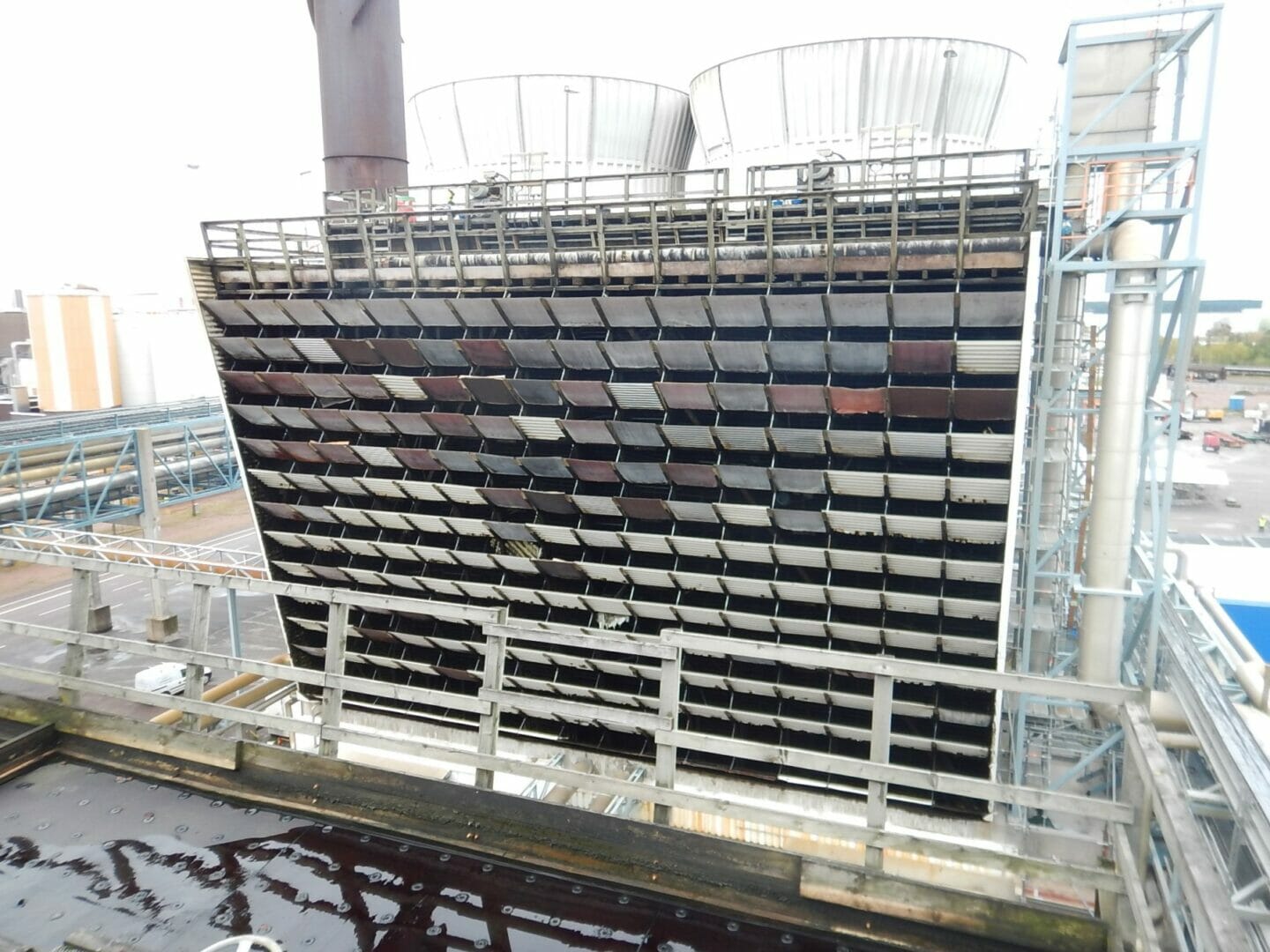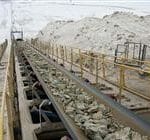gary dicker, director at dhd cooling, explains why the evaporative cooling tower is still a great choice.
There is a lot of bad press surrounding evaporative cooling towers, but they are still one of the best long-term solutions for industrial and commercial cooling challenges and here’s why.
In order to reach certain cooling temperatures dry cooling alone is not the answer, in these cases there are a few bolt-on options that you can put on a dry cooler that will reduce cold water temperatures, but these come with their own distinct disadvantages.
The downside of dry and hybrid coolers
Air coolers typically rely on passing large volumes of ambient air over a finned coil; ambient air temperatures in the UK can soar to nearly 40 degrees Celcius at times, and in some circumstances the air local to an air cooler can be influenced by other plant, or even the equipment itself resulting in even higher inlet air temperatures.
To achieve colder water temperatures there are various methods of wetting the finned coils, or increasing the moisture content of the air which will bring the air temperature down, which will reduce the inlet air temperature improving performance, but here’s the rub.
Finned coils are often quite delicate, which makes them very hard to clean, couple this with the need for air to come in direct contact with the base material of the coil in order for the heat exchange to occur and you can start to see the problem.
There are various methods of humidifying the incoming air to reduce the temperature, in order to aid cooling. Many of these methods can still result in the coil surface becoming wet for longer periods which can help to adhere impurities in the air to the coil fins.
Wetting the coil itself will result in evaporation occurring on the coil surface, evaporation of water, only removes pure water leaving any impurities either in the water or in the air on the coil surface. Impurities can then start to build up over the coil fins resulting in a sort of thermal blanket forming creating a barrier between the air and the coil. This barrier will attract more impurities, further building this layer, not only affecting the heat exchange between the air and coil surface, but also restricting the airflow – a double whammy when it comes to heat rejection.
Finned coils need regular cleaning, but they are hard to clean due to the trade-off between the water pressures needed to clean the coils versus the potential to fold the fins during cleaning. Other methods of cleaning exist, but in many cases it is the mechanical action of the water dislodging impurities that has the greatest effect. Regular cleaning also weakens and eventually will cause the break-down of the fins which is terminal for the fin coil.
Cooling towers maintain performance for longer
Cooling towers on the other hand, exchange the heat contained in the circulating water by spreading out the water over a large surface area and bringing air into contact with the surface of the water. The volume of water passed over the cooling tower is always much greater than the amount of evaporation that occurs, which is typically about 1.6% of the circulating flow, so the opportunity for impurities to build up is reduced, as the water has a constant washing affect. Couple this with the fact that fouling of the heat exchange surface does not significantly reduce the surface area of the water until it is very severe, and you have a heat exchanger that maintains its performance for much longer than a dry cooler.
One of the cheapest components in a cooling tower is the fill pack (heat exchange surface), which is designed to be easily removed and replaced in most cases. Compare this to a dry cooler, where the most expensive and difficult part to remove and replace is the coil.
Freezing coils can be catastrophic, crippling plants in a matter of hours, and while cooling towers can also freeze, they often require little or no thought throughout the winter months.
Lowest cold water temperatures and highly manageable
There are many arguments as to why cooling towers are not the ideal choice in some locations – visible plume, high water usage, and the cost of chemicals are the main three – but just consider the following before dismissing them.
We maintain cooling towers that are 40 years old, providing the fill is clean, and the air moving equipment and water distribution systems are working, then they still deliver the same cold water temperature that they did 40 years ago.
Regular cleaning is simple to undertake, and replacement of the main components is also relatively simple.
In the UK, water treatment is at the top of its game using intelligent dosing systems to monitor the condition of the circulating water, to protect not only humans from harmful bacteria, but also the process equipment from scale and corrosion. Cooling towers are a more than manageable risk.
Probably most importantly, cooling towers achieve the lowest cold water temperatures compared to dry and hybrid coolers, which can directly affect your productivity, or process performance.
Justification of utilising alternative methods of cooling often centres around payback, which focuses on the cost of water treatment and the cost of water in evaporative systems. These justifications are based on a fixed baseline performance of a given system, in adiabatic dry air coolers and hybrid coolers this baseline performance will deteriorate, and may never return to the original design performance, so it may be true for the first 3 months, but 3 years after installation it almost certainly won’t be, which makes these justifications not altogether realistic.
Cooling towers, some of which were built in the 60s, dominate areas of the countryside, and some of the towns and cities around the globe, they offer a long term effective solution to cooling, they can run on sea water, river water, effluent water and borehole waters, they can be built of wood, plastic, metal and concrete, some are big, some are small, but with the right systems in place they are capable of doing their job safely and effectively delivering cold water to everything from data centres in frozen landscapes to metal smelting plants in the deserts, for many, many years.
There’s still a lot going for the trusty cooling tower!
For more information call 01905 317370, email [email protected] or visit the company’s website at www.dhdcooling.co.uk
DHD Cooling is supported by Vantage PR








